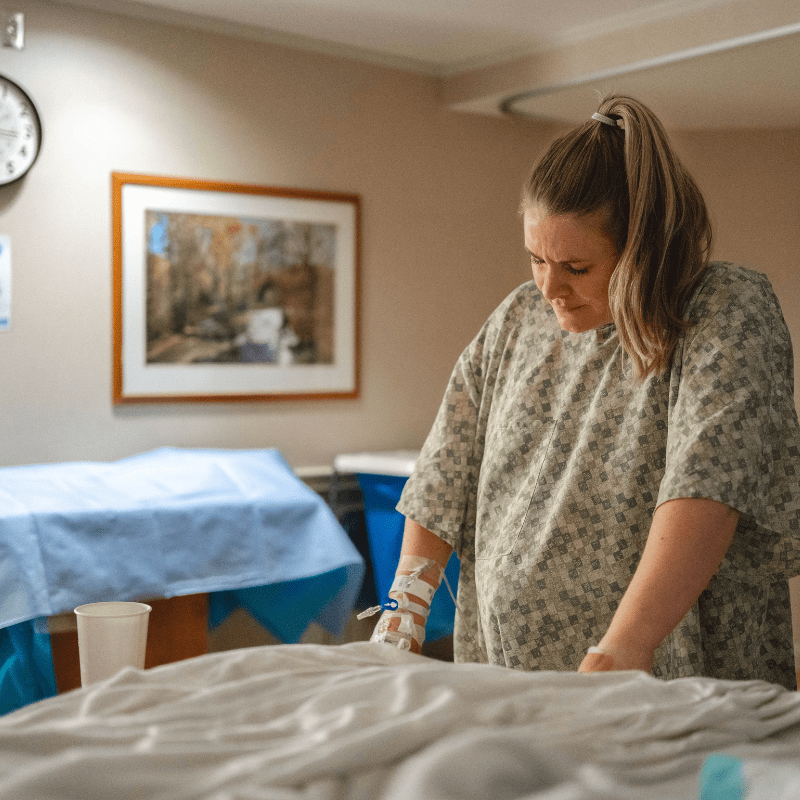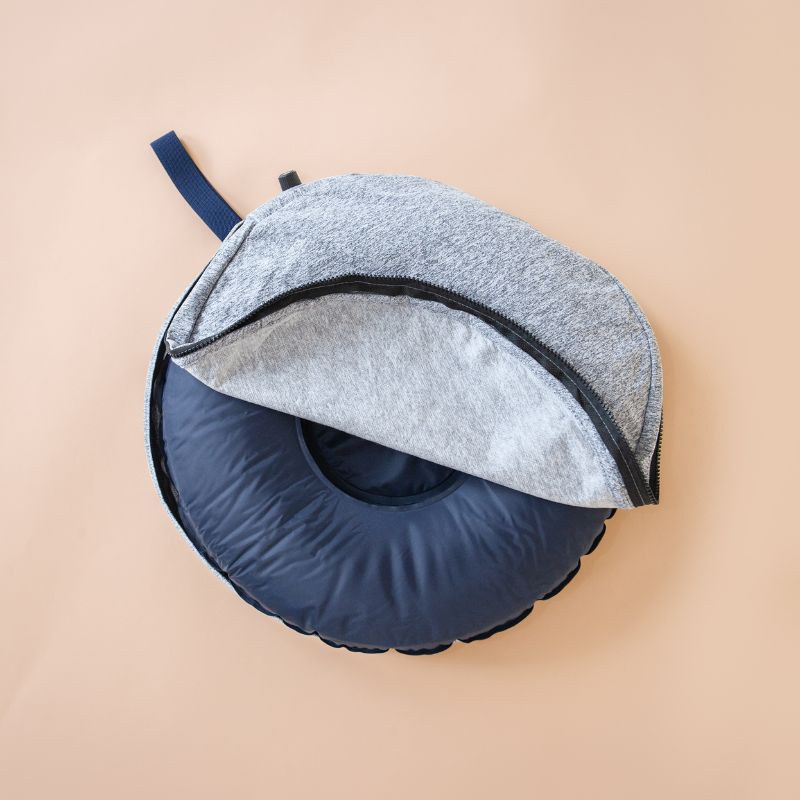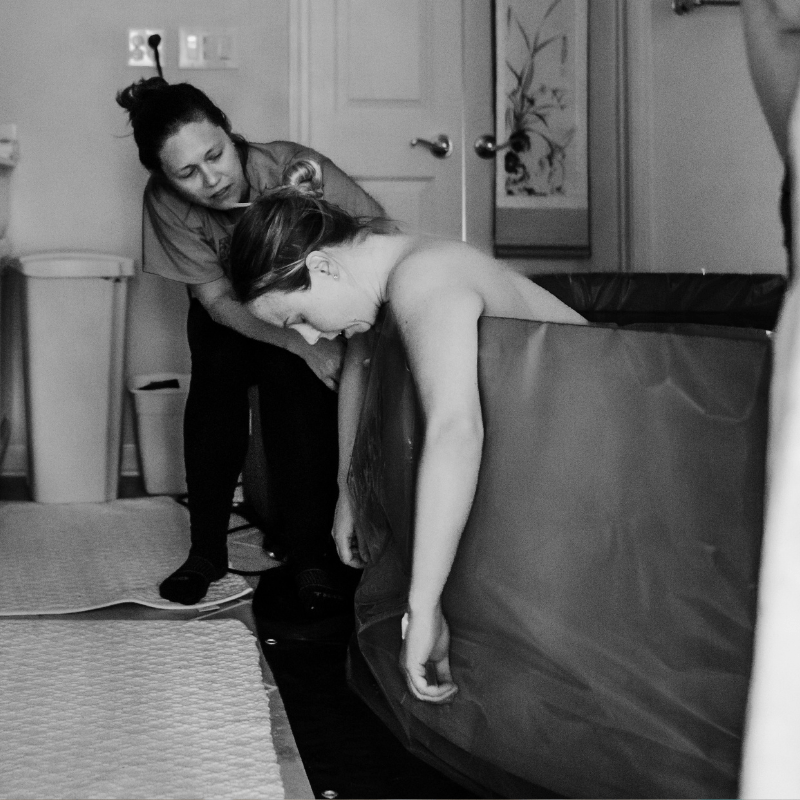How do you know when you are going into labor?

How do you know when you're going to give birth? How do you know when it's time to go to the hospital? These are questions that all first-time mothers ask themselves. Some believe it's time to go in when the water breaks, but it's actually far from always that labor starts with the water breaking. In this post, we aim to clarify what it means when "the water breaks" and how you should know when it's time to go to the hospital.
Does labor start when the water breaks?
In movies, labor almost always starts with a big splash followed by a large puddle of water, and then it's time to urgently push the baby out. In reality, it doesn’t really happen like that. It can, but far from always. Most often, you have contractions for quite a while before the water breaks, and sometimes the water doesn’t break until the pushing phase itself. When the water breaks, it can come out all at once, like a gush, but it can also trickle out in a steady flow. Because the water breaking looks so different for different individuals, you shouldn't see it as the first sign that labor has started.
What does it feel like when the water breaks?
Once again, in movies, it seems like something bursts and water gushes out. Well, it can happen like that, but it can also feel completely different. It varies greatly how it feels when the water breaks and also depends a bit on how the baby is positioned. If the baby is positioned so that the head acts like a plug in the birth canal, it can cause only a little water to drip out. It may feel like you can't hold it in and water comes out in your underwear. If the baby is positioned so that the passage is completely free, a more substantial amount of water can come out, more like in the movies but still not quite. Sometimes the membranes hold until the very last moment, so the water doesn’t break until it's time to give birth, and then it can feel like a calm, warm stream running out.
What should you do when the water breaks?
Since it may be that labor has started, you are doing the right thing by calling the maternity ward. You will then come in to confirm that it is indeed amniotic fluid, and checks are done to ensure everything is fine with you and the baby. Usually, you are sent home again if everything looks good to wait for the contractions to start. Normally, you wait between 24 and 36 hours before inducing labor if both mother and baby are doing well to give the body a chance to start labor on its own. If you go home and the amniotic fluid changes color, you must contact the hospital again, regardless of whether you have contractions or not. Preventive antibiotics might need to be administered to prevent infection.
Signs that labor is approaching
We have listed a few signs that may indicate that labor has started.
-
The water breaks
As mentioned above, it doesn’t necessarily mean it's time to give birth when the water breaks, but it can be a sign that labor has started. Contact your maternity ward for a check-up. -
Contractions become more frequent
As a guideline, you should have three contractions in ten minutes, each lasting about a minute. Then call the hospital to ask if you should come in. -
Show bleeding
A small amount of bleeding indicating that labor is approaching. The bleeding is due to the cervix opening. However, it doesn’t necessarily mean you’ll give birth immediately; it can still take up to several days before labor truly begins. -
The mucus plug comes away
You may not always notice when the mucus plug comes away, but if you do, it can mean that your labor is near.
Important: Prepare for labor in good time
When it’s finally time to go to the hospital, things often move very quickly. Make sure you are prepared by packing your hospital bag and having all important items with you. What should you have in your hospital bag? We recommend an intimate shower for easy cleaning of the intimate area after childbirth and comfortable non-chafing underwear for after giving birth. Don’t forget your birth plan, if you have written one, and your ID. It’s also good to bring large maternity pads so you can feel secure about not leaking and, of course, a really good water bottle with a straw so you can easily stay hydrated.
When should you contact the hospital?
For first-time mothers, you should have 3 contractions in 10 minutes that are relatively regular and about a minute long. If you have given birth before, you should be a bit quicker to the hospital, with 2 regular and painful contractions in 10 minutes. When this happens, it’s time to contact the maternity ward and get advice on whether you should come in!
```- Tags: Fakta Inför förlossning

